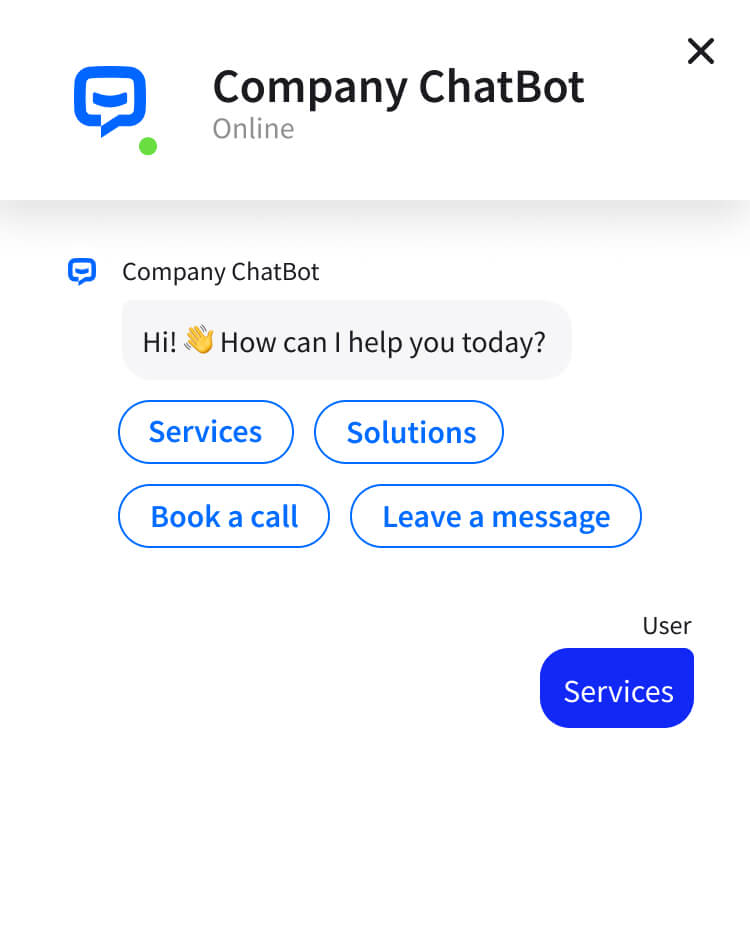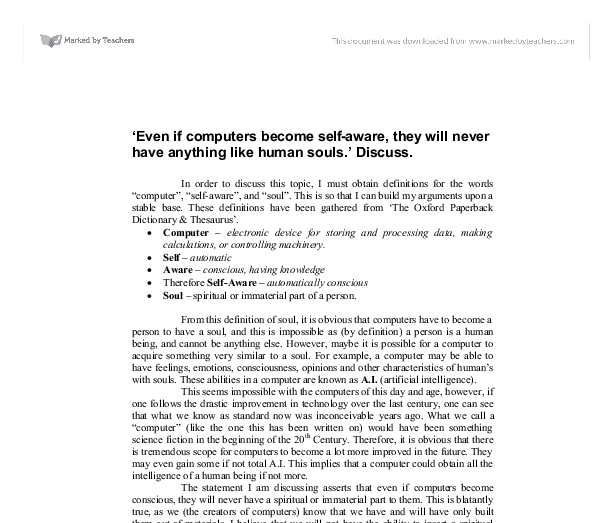
Ray Kurzweil has been a scientist as well as an inventor. His work involves text-to-speech synthesis, optical character recognition, and electronic keyboard instruments. Kurzweil also does biomedical engineering and robotics. Kurzweil has been a major figure in the future for his predictions. He believes we will soon witness artificial intelligence and other technologies. The Singularity is Near, and this technology will transform the world we live in.
The Singularity is Near
Ray Kurzweil's book, The Future of Technology is an Ambitious Agenda, is very complex to read. It describes the rapid technological advancements of the near future and the impact these developments will have on our lives. The book is divided into two main sections: chapters one through four are dedicated to developing Kurzweil's theory of the Singularity and explaining what it is. The second part of this book examines how these developments will impact our lives and how to survive.

Ray Kurzweil's life story
Ray Kurzweil's fascinating life story includes many twists and turns. He was born in New York City to Jewish parents and attended a public school in Queens. His parents fled Austria after World War II, and settled in New York. Ray was exposed as a child to many religions and practices, including Unitarians and Protestants. Ray grew up in a Unitarian church that believed there were many paths to truth.
His inventions
Ray Kurzweil's best-selling book, The Age of Spiritual Machines was also his first novel. Kurzweil also invented a range of technological innovations such as reading machines and Stevie Wonder’s music synthesiser. Kurzweil's achievements have earned him a lot of praise, including the MIT Dickson Prize in Outstanding Book in Computer Science in 1994 as well as the Massachusetts Institute of Technology's Inventor of the year award in 1988. In addition, he has received nine honorary degrees and lives in a suburban Boston suburb.
His predictions
Ray Kurzweil's predictions can be quite accurate in some cases. He predicted that the earth would become flat in 2099 and was right. He also predicted that in just two decades the Soviet Union will collapse. This prediction was made before computers and cell phones existed. Unfortunately, some of his predictions turned out to be so far off the mark that they were not highlighted. However, he did predict that the world would continue to grow and prosper for decades.

His books
For anyone interested in the future of technology, a reading list that includes Ray Kurzweil's books will be beneficial. Kurzweil grew to be a New Yorker in Queens. Kurzweil was born to Jewish secular parents in New York. They had immigrated from Austria prior to World War II. He was exposed to many religious beliefs and practices throughout his childhood. He was also exposed through his childhood to various religious traditions, including Unitarian churches that believe there are many paths that lead to truth.
FAQ
What will the government do about AI regulation?
Governments are already regulating AI, but they need to do it better. They need to make sure that people control how their data is used. A company shouldn't misuse this power to use AI for unethical reasons.
They need to make sure that we don't create an unfair playing field for different types of business. For example, if you're a small business owner who wants to use AI to help run your business, then you should be allowed to do that without facing restrictions from other big businesses.
What can AI be used for today?
Artificial intelligence (AI) is an umbrella term for machine learning, natural language processing, robotics, autonomous agents, neural networks, expert systems, etc. It is also called smart machines.
The first computer programs were written by Alan Turing in 1950. He was interested in whether computers could think. He presented a test of artificial intelligence in his paper "Computing Machinery and Intelligence." The test seeks to determine if a computer programme can communicate with a human.
John McCarthy introduced artificial intelligence in 1956 and created the term "artificial Intelligence" through his article "Artificial Intelligence".
Today we have many different types of AI-based technologies. Some are simple and straightforward, while others require more effort. They include voice recognition software, self-driving vehicles, and even speech recognition software.
There are two major categories of AI: rule based and statistical. Rule-based uses logic in order to make decisions. To calculate a bank account balance, one could use rules such that if there are $10 or more, withdraw $5, and if not, deposit $1. Statistics are used to make decisions. For instance, a weather forecast might look at historical data to predict what will happen next.
How does AI work?
You need to be familiar with basic computing principles in order to understand the workings of AI.
Computers store information on memory. Computers work with code programs to process the information. The code tells the computer what it should do next.
An algorithm is an instruction set that tells the computer what to do in order to complete a task. These algorithms are usually written as code.
An algorithm can also be referred to as a recipe. A recipe might contain ingredients and steps. Each step represents a different instruction. An example: One instruction could say "add water" and another "heat it until boiling."
Statistics
- While all of it is still what seems like a far way off, the future of this technology presents a Catch-22, able to solve the world's problems and likely to power all the A.I. systems on earth, but also incredibly dangerous in the wrong hands. (forbes.com)
- In 2019, AI adoption among large companies increased by 47% compared to 2018, according to the latest Artificial IntelligenceIndex report. (marsner.com)
- Additionally, keeping in mind the current crisis, the AI is designed in a manner where it reduces the carbon footprint by 20-40%. (analyticsinsight.net)
- A 2021 Pew Research survey revealed that 37 percent of respondents who are more concerned than excited about AI had concerns including job loss, privacy, and AI's potential to “surpass human skills.” (builtin.com)
- By using BrainBox AI, commercial buildings can reduce total energy costs by 25% and improves occupant comfort by 60%. (analyticsinsight.net)
External Links
How To
How to Setup Google Home
Google Home is a digital assistant powered by artificial intelligence. It uses natural language processing and sophisticated algorithms to answer your questions. Google Assistant can do all of this: set reminders, search the web and create timers.
Google Home works seamlessly with Android phones or iPhones. It allows you to access your Google Account directly from your mobile device. By connecting an iPhone or iPad to a Google Home over WiFi, you can take advantage of features like Apple Pay, Siri Shortcuts, and third-party apps that are optimized for Google Home.
Google Home has many useful features, just like any other Google product. It can learn your routines and recall what you have told it to do. So, when you wake-up, you don’t have to repeat how to adjust your temperature or turn on your lights. Instead, all you need to do is say "Hey Google!" and tell it what you would like.
To set up Google Home, follow these steps:
-
Turn on your Google Home.
-
Press and hold the Action button on top of your Google Home.
-
The Setup Wizard appears.
-
Select Continue
-
Enter your email address and password.
-
Select Sign In
-
Google Home is now available